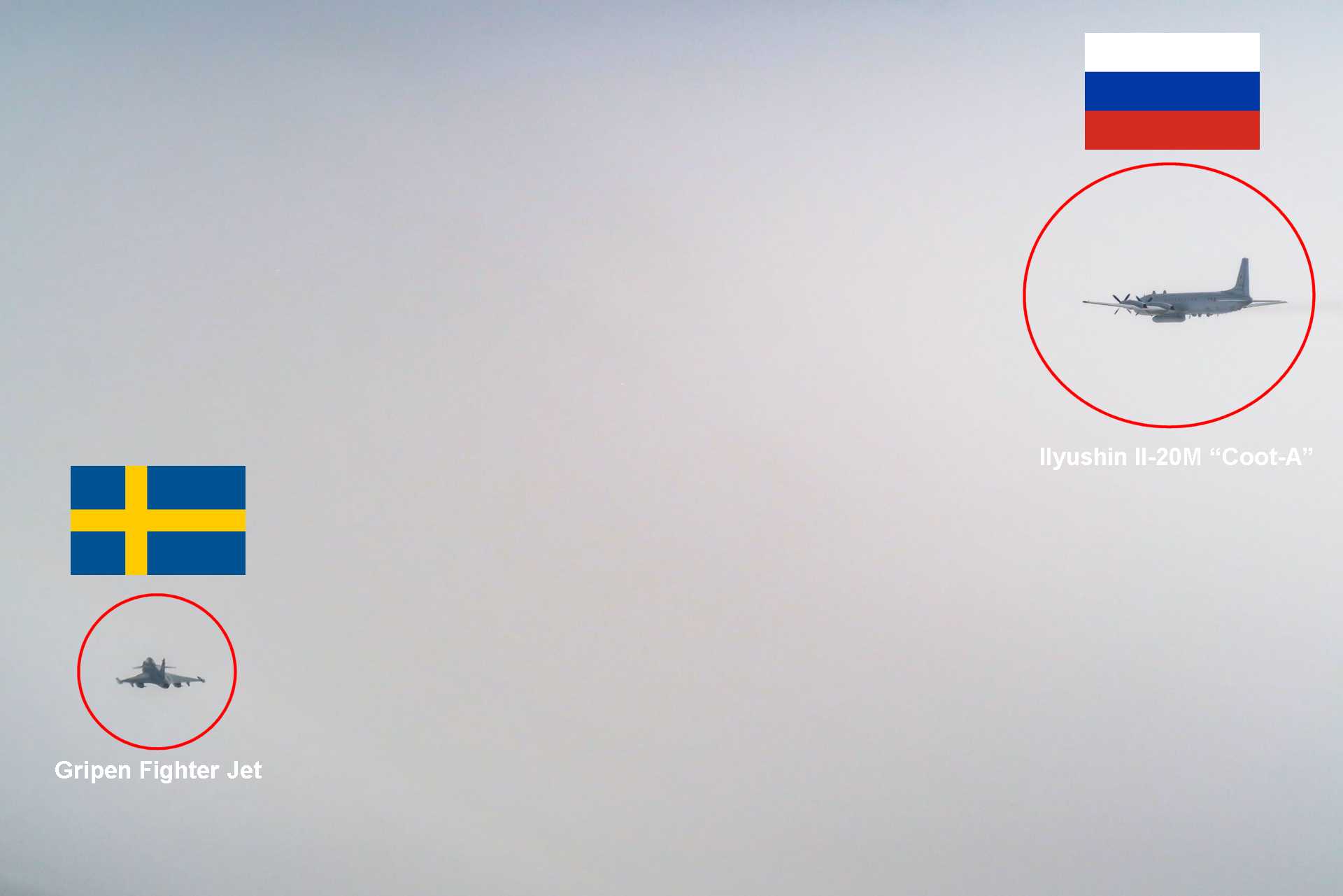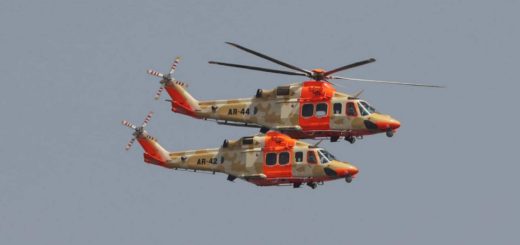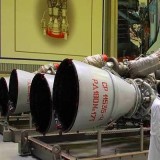Flash News: Swedish Gripen Fighter Jets Intercept Russian Ilyushin Il-20M Spy Aircraft in First NATO Mission Over Poland

{loadposition bannertop}
{loadposition sidebarpub}
On April 24, 2025, Swedish military aviation marked a historic milestone with the official announcement by the Swedish Armed Forces on their X (formerly Twitter) account that two JAS 39 Gripen fighter jets had conducted their first operational mission under NATO command. The mission, carried out from the 22nd Tactical Air Base in Malbork, Poland, involved the interception and visual identification of a Russian Ilyushin Il-20M “Coot-A” signals intelligence aircraft flying near NATO airspace. While the exact date of the interception was not disclosed, the operation underscores Sweden’s seamless integration into NATO’s collective defense structure and its strong commitment to upholding regional security in the strategically sensitive Baltic region.Follow Army Recognition on Google News at this link
A Swedish Air Force Gripen fighter jet shadows the Russian Il-20M spy plane, marking Sweden’s operational debut under NATO command. (Picture source: NATO Air Command)
The Russian aircraft Ilyushin Il-20M “Coot-A”, a known signals intelligence platform, was flying with its transponder turned off and without a filed flight plan—standard tactics for covert intelligence-gathering missions. These behaviors triggered a rapid response from NATO air command, prompting the scrambling of Swedish Gripen jets. The pilots conducted a visual identification of the Il-20M and monitored its movement until it was no longer deemed a threat to the alliance’s airspace.
This mission was not only a tactical success but also a strategic statement. It marked the operational debut of Swedish Gripen fighter aircraft in a NATO-led mission since Sweden officially became a full member of the alliance in March 2024. The deployment of Swedish Air Force assets to Malbork is part of NATO’s Enhanced Air Policing (EAP) initiative, which aims to reinforce deterrence and provide rapid response capabilities along NATO’s eastern flank, especially in light of continued Russian military activity near allied borders.
The JAS 39 Gripen, manufactured by Saab, is a modern multirole fighter designed for flexibility, speed, and cost-efficiency. It is capable of short takeoffs and landings, making it particularly useful in operations requiring rapid deployment from austere or improvised airfields. Technologically, the Gripen is outfitted with cutting-edge radar systems, advanced electronic warfare capabilities, and secure data links that ensure full interoperability with NATO forces. These features make it ideally suited for air policing missions, where quick reaction and superior situational awareness are essential.
The aircraft intercepted during the mission, the Ilyushin Il-20M “Coot-A,” plays a critical role in Russia’s military intelligence operations. Based on the Il-18 civilian airliner, the Il-20M is equipped with an array of electronic surveillance tools including side-looking radar and signal interception systems. It is used to gather data on enemy troop movements, radar emissions, and communications. The aircraft has a long history of operating near NATO borders, often testing the readiness and response protocols of alliance air forces.
The successful execution of this mission sends a clear message: NATO remains vigilant and fully capable of defending its airspace. Sweden’s participation not only enhances its own national security but strengthens the alliance’s collective deterrence against potential threats. The Swedish Gripen fighter jet’s debut in NATO air policing is both a demonstration of Sweden’s advanced military capabilities and a reaffirmation of the alliance’s unity in the face of persistent geopolitical challenges in the Baltic region.
This operation underscores the broader strategic importance of Sweden’s NATO membership and the value of integrated air defense efforts. As the security landscape in Europe continues to evolve, missions like these represent a critical component of maintaining peace and stability through robust collective defense.

{loadposition bannertop}
{loadposition sidebarpub}
On April 24, 2025, Swedish military aviation marked a historic milestone with the official announcement by the Swedish Armed Forces on their X (formerly Twitter) account that two JAS 39 Gripen fighter jets had conducted their first operational mission under NATO command. The mission, carried out from the 22nd Tactical Air Base in Malbork, Poland, involved the interception and visual identification of a Russian Ilyushin Il-20M “Coot-A” signals intelligence aircraft flying near NATO airspace. While the exact date of the interception was not disclosed, the operation underscores Sweden’s seamless integration into NATO’s collective defense structure and its strong commitment to upholding regional security in the strategically sensitive Baltic region.
Follow Army Recognition on Google News at this link
A Swedish Air Force Gripen fighter jet shadows the Russian Il-20M spy plane, marking Sweden’s operational debut under NATO command. (Picture source: NATO Air Command)
The Russian aircraft Ilyushin Il-20M “Coot-A”, a known signals intelligence platform, was flying with its transponder turned off and without a filed flight plan—standard tactics for covert intelligence-gathering missions. These behaviors triggered a rapid response from NATO air command, prompting the scrambling of Swedish Gripen jets. The pilots conducted a visual identification of the Il-20M and monitored its movement until it was no longer deemed a threat to the alliance’s airspace.
This mission was not only a tactical success but also a strategic statement. It marked the operational debut of Swedish Gripen fighter aircraft in a NATO-led mission since Sweden officially became a full member of the alliance in March 2024. The deployment of Swedish Air Force assets to Malbork is part of NATO’s Enhanced Air Policing (EAP) initiative, which aims to reinforce deterrence and provide rapid response capabilities along NATO’s eastern flank, especially in light of continued Russian military activity near allied borders.
The JAS 39 Gripen, manufactured by Saab, is a modern multirole fighter designed for flexibility, speed, and cost-efficiency. It is capable of short takeoffs and landings, making it particularly useful in operations requiring rapid deployment from austere or improvised airfields. Technologically, the Gripen is outfitted with cutting-edge radar systems, advanced electronic warfare capabilities, and secure data links that ensure full interoperability with NATO forces. These features make it ideally suited for air policing missions, where quick reaction and superior situational awareness are essential.
The aircraft intercepted during the mission, the Ilyushin Il-20M “Coot-A,” plays a critical role in Russia’s military intelligence operations. Based on the Il-18 civilian airliner, the Il-20M is equipped with an array of electronic surveillance tools including side-looking radar and signal interception systems. It is used to gather data on enemy troop movements, radar emissions, and communications. The aircraft has a long history of operating near NATO borders, often testing the readiness and response protocols of alliance air forces.
The successful execution of this mission sends a clear message: NATO remains vigilant and fully capable of defending its airspace. Sweden’s participation not only enhances its own national security but strengthens the alliance’s collective deterrence against potential threats. The Swedish Gripen fighter jet’s debut in NATO air policing is both a demonstration of Sweden’s advanced military capabilities and a reaffirmation of the alliance’s unity in the face of persistent geopolitical challenges in the Baltic region.
This operation underscores the broader strategic importance of Sweden’s NATO membership and the value of integrated air defense efforts. As the security landscape in Europe continues to evolve, missions like these represent a critical component of maintaining peace and stability through robust collective defense.






